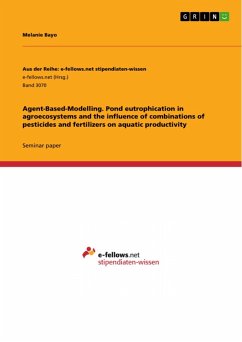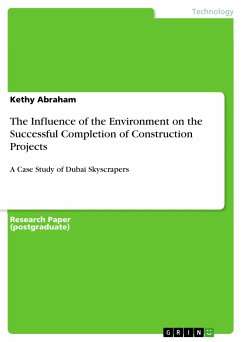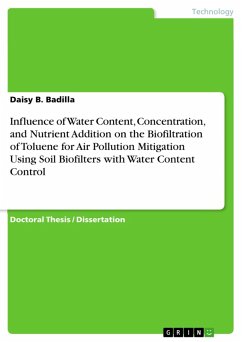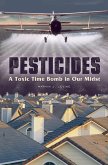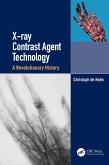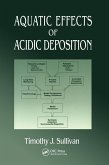Seminar paper from the year 2018 in the subject Environmental Sciences, grade: 1,3, Leuphana Universität Lüneburg, language: English, abstract: The paper asks, if ponds located in agroecosystems can be prevented from tipping over by variation in combinations of fertilizers and pesticides. Through a simulation in NetLogo, an agent-based programmable modeling environment, the interplay of two pesticides (Cypermethrin and Malathion) and a fertilizer (Nitrogen + Phosphate) and their effect on the aquatic productivity is observed. The model depicts an agroecosystem with three separate fields and two ponds. The model is simplified by assuming consistent environmental conditions and narrowing down the pond population to one zooplankton species and one phytoplankton species (Chlorella vulgaris). Through variation of variables different scenarios are generated. The research revealed that input of pesticides - even without fertilizers which are known for supporting phytoplankton growth - results in eutrophication through decreasing zooplankton population and therefore blooming phytoplankton population. The original contribution of the simulation is in revealing that beyond the amount of chemical substances used in farming, the variation of input is also to consider, since certain ones may have greater negative effects than assumed so far.
Dieser Download kann aus rechtlichen Gründen nur mit Rechnungsadresse in A, B, BG, CY, CZ, D, DK, EW, E, FIN, F, GR, HR, H, IRL, I, LT, L, LR, M, NL, PL, P, R, S, SLO, SK ausgeliefert werden.

